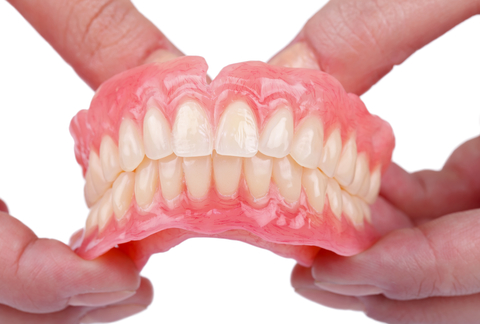Structure of teeth
Teeth sit within a bony socket attached to the bone by the periodontal ligament. The ligament attaches to the tooth via cementum. The periodontal ligament has blood vessels and both myelinated A-δ and unmyelinated C sensory nerve fibres and also proprioceptors. It has nutritive, supportive, reparative and sensory functions. The presence of proprioceptors is important in helping diagnose where pain is likely to be coming from. A-δ fibres are responsible for the transmission of sharp and rapid pain sensations, such as dentine hypersensitivity and early pulpitis whilst the C fibres, because they are unmyelinated, transmit ‘slow’ pain sensations such as the continuous aching of later stage pulpitis.

The root of the tooth is made of a porous, avascular, mineralised tissue called dentine. Within the microscopic pores are processes from cells present in the dental pulp. These cells are called odontoblasts and the cellular processes are called ‘odontoblast processes’. The odontoblast process is often accompanied by an A-δ nerve fibre and this is thought to contribute to dentine sensitivity.
The central part of the tooth is called the pulp and is made up of blood vessels, connective tissue including fibroblasts and odontoblasts and both A-δ and C nerve fibres. The pulp tissue maintains the internal ‘vitality’ of the tooth. The presence of only pain receptive nerve fibres within the dental pulp mean that whatever the stimulus, hot, cold or touch for instance, the pulp tissue will only be able to respond with a ‘pain’ response.
The crown of the tooth is covered by a protective layer of highly mineralised tissue called enamel. The enamel is avascular and consists of 90% hydroxyapatite. It functions to protect the internal structures, the dentine and pulp, from thermal, physical, chemical and bacteriological trauma.

